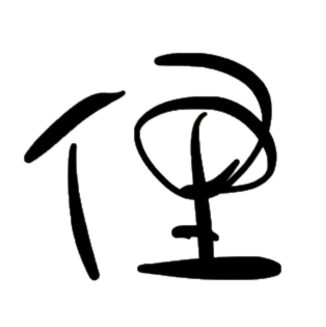Ocean Waste Interactive Home Audio System— Exhibition Guide
Hi! I’m I-Lly Cheng, a music creator. I’m delighted you’ve come to this space to interact with my work!
This project presents music in a rather unique way. You’re invited to follow the exhibition instructions and personally operate and experience each speaker made from ocean waste materials.
Inspiration Behind the Ocean Buoy Speakers
While Matsu’s coasts are rich in marine biodiversity, they’re also littered with garbage carried in by ocean currents. What begins as a journey to discover coastal life often turns into a search for marine debris. Tangled fishing nets, wires, and rusted metal scraps are often mistaken for living creatures. Sometimes, I thought I had found a special stone, but when I broke it open, I realized it was corroded iron. The breathtaking seascape and ever-growing piles of waste often evoke complex emotions when viewing the coast.
Although Matsu holds regular beach cleanups, the pace of human efforts can’t keep up with the waste accumulating. However, I noticed how local residents have found creative ways to reuse ocean waste in daily life—turning washed-up barrels and baskets into storage containers, or using sturdy cables and fishing nets to fasten things in place.
During my guerrilla artist residency in Matsu, I unexpectedly discovered that combining large ocean buoys with raw speakers could produce surprisingly powerful sound—comparable to a home theater speaker system. This inspired me to begin creating sound artworks using marine debris, which eventually led to this exhibition. By the way, all the ocean waste speakers you see here were collected and DIY-assembled together with local residents by a workshop!
How to Participate
The Dapu Living Room is a living room of an old house in Dapu Village, Dongju Island. I’ve transformed it into a home listening space where you’re invited to step in and control the music playback yourself.
The installation consists of four ocean buoy speakers—two red and two blue—each corresponding to different layers of music. Scan the QR code on each speaker using your phone to open a webpage where you can select and control the music playback.
Best Way to Experience the Work
I recommend three participants join at the same time, scanning three sets of QR codes and playing music in different voices together.
Each QR Code corresponds to two questions. Although the questions are different, the answers are linked. You can solve the puzzles together with other participants while enjoying the music.
Visiting alone?
No worries! Ask the exhibition staff for help—they’ll assist you by using spare phones to control the other speakers.
|Step-by-Step Instructions|
Step 1:
Turn on your phone’s Bluetooth to connect to the speakers.
Red speakers (stereo) Bluetooth name: BTS-730
Blue speaker 1 Bluetooth name: BTS-731
Blue speaker 2 Bluetooth name: LittleFun
Step 2:
Scan the QR code on the red or blue speakers to open the corresponding webpage.
Step 3:
Select the music style, and click on the picture to go to the music playing page.
Please coordinate the three participants to choose the same music style:
If Participant 1 selects “relaxing”, Participants 2 and 3 should also select “relaxing”.
If 1 participant switches to “cheerful”, all participants should make the same switch.
💡 Try to synchronize music playback across devices.
Step 4:
Challenge puzzles.
Each music page contains a puzzle. Although the questions vary from speaker to speaker, the music “relaxing” and “cheerful” each contains a two-digit answer. You need to combine the answers provided by the two songs to form a four-digit code.
Step 5:
Redeem your souvenir prize!
Scan the QR code on the purple buoy to enter the prize redemption page and enter the four-digit code.
If the winning screen appears, show it to the exhibition staff to claim your souvenir gift.
Notes:
1. Dongju Island is home to many stray cats. The photos and illustrations throughout the exhibition feature local cats as models. Due to their rapid reproduction, neutering and ecological management are ongoing concerns on the island.
Fun fact: the cover model for this exhibition’s souvenir is “MiMi”, a calico cat from the visitor center!
2. The music in this exhibition was created using sound samples collected from marine debris, transforming the “voice” of ocean waste into part of the music.


